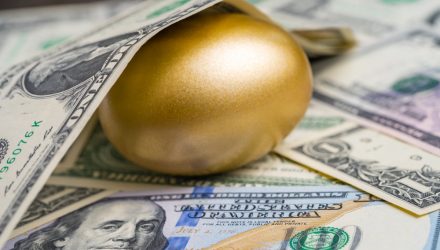With interest rates residing around historic lows, it’s easy to be tempted high dividend stocks and ETFs, but in news that may catch some investors by surprise, shareholder yield is proving to be a better than high-yield equity this year.
Just look at the Principal Shareholder Yield Index ETF (PY). PY performed less poorly than the Dow Jones U.S. Select Dividend Index, a collection of high dividend stocks, during the first-quarter market swoon and now that stocks are rebounding, PY is trouncing that benchmark.
Instead of just focusing on dividend payments alone, the shareholder yield ETF strategies invest stocks that couple strong dividend payments with share repurchases and debt reduction efforts.
PY seeks to provide investment results that closely correspond to the performance of the Nasdaq US Shareholder Yield Index. The index uses a quantitative model designed to identify equity securities (including value stock) of mid- to large-capitalization companies in the Nasdaq US Large Mid Cap Index (the “parent index”) that exhibit high degrees of sustainable, shareholder yield.
Avoiding Offenders
Few sectors are being spared dividend cuts this year and buyback programs are being scrapped as companies look to borrow money from the federal government leaving investors in the lurch when it comes to shareholder rewards.
At the sector level, some of the worst dividend offenders are energy and real estate, but those groups combine for less than 11% of PY’s weight. That’s significantly underweight relative to high dividend ETFs. Plus, PY has no utilities exposure, meaning the fund isn’t restrained by conservative positioning in the event the current rally lasts for awhile
The three components of shareholder yield are good measures for shareholder friendliness. The trifecta helps investors target companies with a history of dividend growth, low debt, and the ability to support equity prices through share buybacks.
PY devotes over a quarter of its combined weight to consumer cyclical and technology stocks, giving investors access to companies with cleaner balance sheets and the ability to maintain if not grow dividends in a tricky environment.
While there is an ongoing debate regarding the superior method of shareholder compensation – buybacks or dividends – there is no denying dividend growth stocks have been less volatile while offering superior returns than those that do not grow dividends over the previous three decades.
For more on multi-factor strategies, visit our Multi-Factor Channel.

